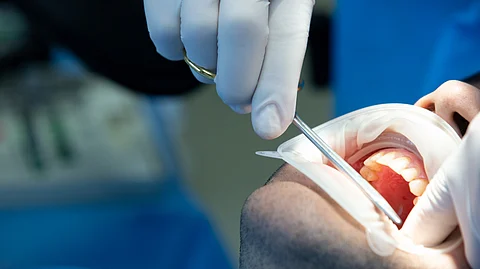Every surgery has risks, and third molar extraction is no different. Some people may experience infection, bleeding, or slow healing. But most of these problems can be avoided with proper care.
Rarely, nerve damage may occur, especially if the tooth is near a nerve line. This could cause tingling or numbness in the lip, chin, or tongue. Always tell your dentist if something doesn't feel right.
Follow-up visits help make sure healing is going well. Your dentist will check for signs of infection or other concerns. Early action can prevent small issues from turning into bigger ones.


